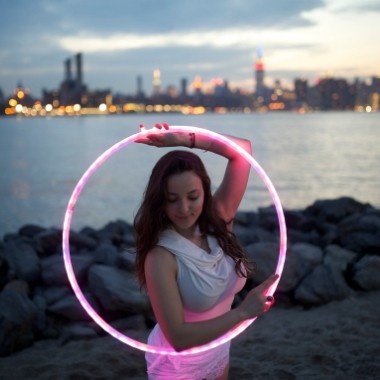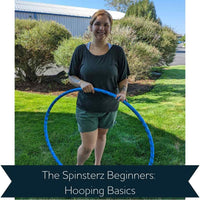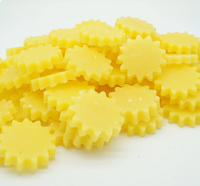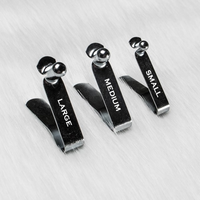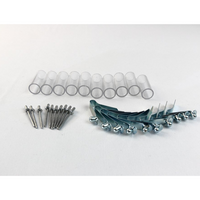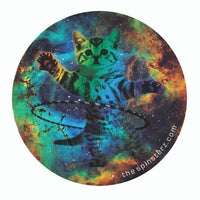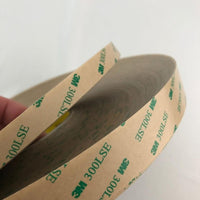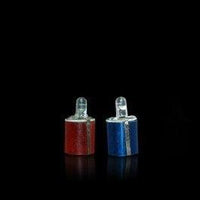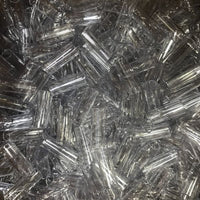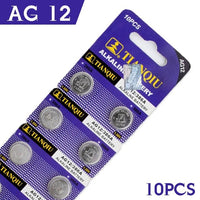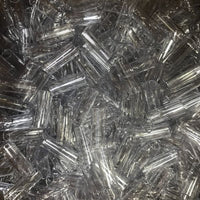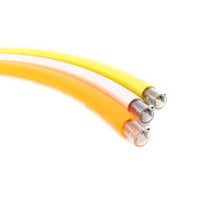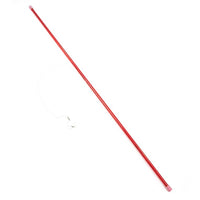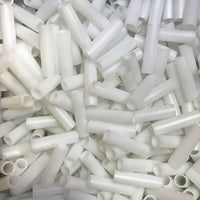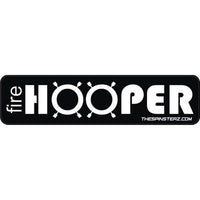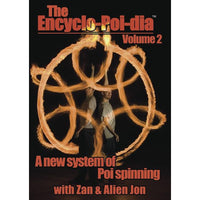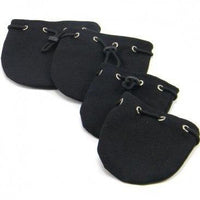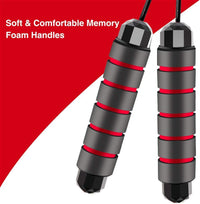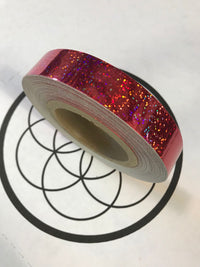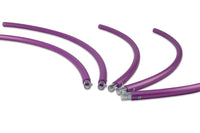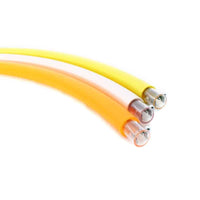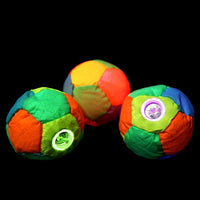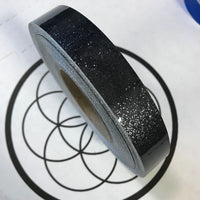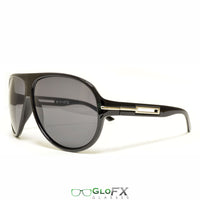How to Choose the Perfect LED Hoop for You!
Sooooo . . . you went to a festival and saw LED hoop dance for the first time. . .or maybe you saw a pretty video that has you drooling over the mesmerizing trails of swirling lights. . . and now you can’t stop thinking about owning an LED hoop of your own! But which one to choose?!? It can be overwhelming with so many options, prices, and colors to choose from! Luckily, the Spinsterz are here to guide you on the path to your ultimate LED hooping experience.
Let’s break down the variables to consider when choosing an LED hoop for YOU and your hooping style!
Things to Consider When Picking an LED Hoop
- Type of LEDs (regular v. smart)
- Type of Tubing (HDPE v. PP)
- Charging & Battery Capabilities
- Durability (Wear & Tear)
- Price Range
- YOU! (Your style, level, usage conditions, etc.)
- Return Policy / Warranty
All of these factors, of course, intertwine. Certain types of lighting, tubing, or batteries will obviously affect the price and/or durability of the hoop! However, it is worthwhile to break down each potential variable of an LED hoop individually to insure that you are getting the best hoop for your budget and your flows!
Regular LED hoops v. Smart LED hoop
First off, there are two basic types of LED hula hoops: regular and smart. Regular LED hoops are comprised of wire and individual LED lights. These hoops have under 50 LED’s and are capable of one or two modes. Regular LED hoops are usually anywhere from $49-$250.



The above photos of LED Hoops are available on our site.

Smart LED hoops, on the other hand, are comprised of an LED strip that is controlled by a computer chip inside the hoop. Smart hoops have anywhere from 100-220 LED’s depending on the hoop. Smart LED hoops are capable of 24-705 modes that can display intricate patterns such as strobes, chasers, images, and words. Many smart hoops have special features such as the ability to change patterns via remote control or are programmable (meaning you can create, store, edit, and delete customized patterns!). These hoops are usually between $170-$700.




The photos above are smart LED hoops by Astral Hoops
As you can see, smart LEDs tend to be pricier but also offer more advanced features, they tend to be a great options for professional flow artists. LED hoops look awesome no matter what! There’s nothing wrong with a one-mode LED hoop. With that being said, if you have the money a smart hoop might be worth the investment long
Remember this, LED hoops look awesome no matter what type they are! There’s nothing wrong with a one-mode LED hoop. Some people just prefer the smart hoops because of the options they offer. With that being said, you need to ask yourself a few things. How much are you willing or able to spend on an LED hoop? Perhaps you want a smart hoop, but don’t have the money; are you able or willing to save? Lastly, what do you want your LED hoop to do? Depending on your answers to these questions, you should be able to determine whether you want an LED hoop or a smart LED hoop.
Now, here are a few other things to consider:
1.) We all started out as a newbie hooper—I’ve never heard of anyone who picked up a hoop and became a hoop star overnight. With that being said, dropping the hoop comes with the territory of being a new hooper (heck, it comes with the territory of being a hooper in general). But, if you’re a newer hooper looking to buy an LED hoop, you might want to be cautious of spending hundreds of dollars on a smart hoop that you will probably drop a lot as you progress through hooping.
2.) When people first start hooping, they typically start with a hoop that is large in diameter (about 36” to 40”). As hoopers progress, though, they often find themselves bumping down in diameter size. This is an important factor when purchasing an LED hoop. Because LED hoops are so costly, you want to make sure you’re getting a size you will be comfortable with for a while. Needless to say, if you’re a newer hooper, you might want to consider getting an LED hoop that is a bit smaller than your regular practice hoop.
3.) LED hoops have a wide array of features. Before purchasing an LED hoop, you should educate yourself on these different types of features. Decide if there are certain features you definitely want in your new hoop or features you don’t want in your new hoop.
Breakdown of Features:
Seamless: A seamless LED hoop has no light gap. That means that the LED’s inside the hoop make a full circle; there are no dark spots between the LED lights. Some LED hoops are seamless, while others have lighting gaps (due to battery placement).
Charging Type: LED hoops can charge using an external wall charger, removable batteries, or even mini USB (or sometimes a combination of these). One downfall of hoops that use removable batteries is that they tend to be unbalanced (meaning one part of the hoop is heavier than the rest). One advantage, though, of removable batteries is that if your LED hoop dies, you can simply pop another charged battery in it versus having to plug it in and wait for the hoop to charge.
Program Customization: Some smart hoops allow for you to add, delete, or even create your own patterns/modes rather than just having preset modes.
Remote: Some smart hoop companies offer a remote control that enables you to change the modes of your hoop and to adjust the brightness of your hoop. One company even has a cell phone app that works as a remote control for your LED hoop.
Number of Modes: While regular LED hoops only offer one or two modes. Smart hoops offer anywhere from 40 to over 700 modes. These modes could be solid colors, blinking/strobing, chasers, images, symbols, or even words.
Weight: LED hoops are heavier than regular practice hoops because of the wiring, LED’s, and batteries inside. However, the weight of LED hoops varies depending on the hoop and/or company. LED hoops typically range anywhere from 8-14 ounces. Most people prefer lighter hoops because they’re easier to maneuver.
Tubing Type: LED hoops can come in HDPE or polypropylene (aka polypro) tubing. HDPE is a bit heavier and harder/denser than polypro. This means that HDPE is more durable and protects the “guts” (LED’s, wiring, batteries, etc.) more so than polypro. Polypro, on the other hand, is a tad bit lighter, and it’s springier/more resilient, which is great for doing breaks/reversals. One downside to polypro is that it’s more likely to crack in very cold temperatures. Also, as mentioned previously, polypro tubing is lighter/thinner, which also makes it less durable. Both tubing types have their pros and cons—I always tell people it’s a personal preference as to which tubing they want.
Want to take a deep dive into the world of Smart Hoops? Check out the Smart Hoop Comparison Guide.
The post How to Choose an LED Hoop That’s Right For You! appeared first on The Spinsterz Blog.

